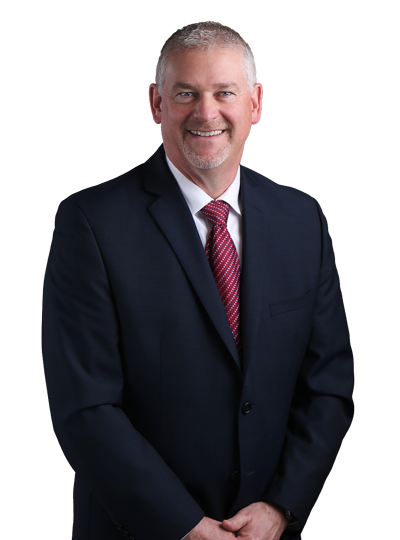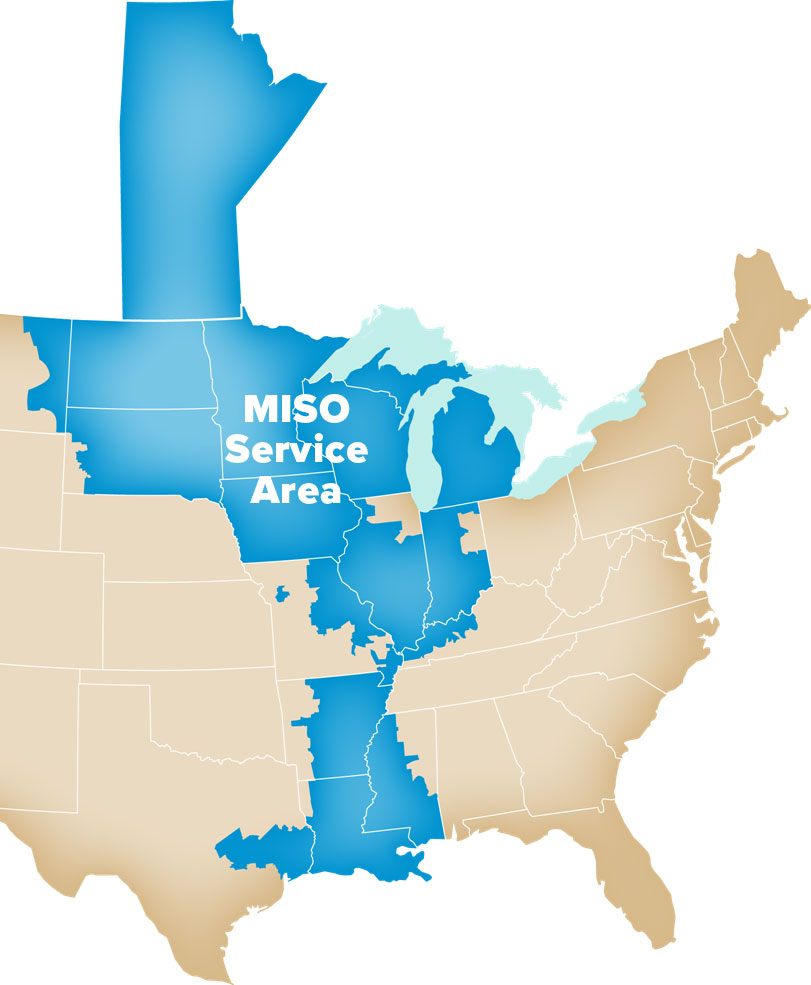
Reliable power is an expectation that many of us never have to think about and hadn’t until events in other parts of the United States exposed how fragile the grid can be. Both California (2020) and Texas (2021) suffered blackouts that impacted thousands of customers. As of late, and much closer to home, there have been articles and features in the news regarding power reliability this summer.
In May, the North American Electric Reliability Corporation (NERC) issued its 2022 Summer Reliability Assessment. In it, NERC — the United States’ authority on electric reliability — warned that several parts of the country are at risk of energy shortfalls this summer due to predicted above-normal temperatures and drought conditions over the western half of the continent.

The announcement followed similar comments from the Midcontinent Independent System Operator (MISO), which manages the power grid for 42 million people in the United States and Canada, including Minnesota. Although MISO projects the Midwest will have sufficient energy for the summer, it stated that additional measures may be necessary to maintain reliable service during periods of peak demand. These periods typically occur on hot and humid days when consumers are using more electricity than normal.
NERC indicated the north and central areas of MISO are in a “high risk” category due to generator retirements and increased demand. Great River Energy (GRE) serves the northern area of MISO.
Although GRE has enough generating capacity to meet the demands of its members, plus a cushion, any emergency measures deployed to maintain reliability will be applied over the entire region, regardless of which utility serves a geographic area or the capacity position of those utilities relative to their obligations in MISO.
Great River Energy has carefully constructed a portfolio of power supply resources that provides low-cost renewable energy and a robust fleet of dispatchable resources that allow it to generate or receive additional energy when needed. These include hydropower resources, power supply contracts with other energy producers, and natural gas peaking plants that have the ability to start within minutes (most are dual fuel meaning they can operate on fuel oil or natural gas). All state administrative, legislative, and MISO resource adequacy requirements and obligations have been—and will continue to be—met by GRE.
Great River Energy also has approximately 350 megawatts of demand response capability that can be dispatched to reduce stress on the electric grid. These demand response programs provide valuable flexibility and may be called on more often during peak periods this summer. At Todd-Wadena Electric Cooperative (TWEC), we have great participation in our load management programs, including dual fuel, water heating, air conditioning, commercial and industrial applications, and more.
In emergency situations, MISO calls on additional power supply resources, imports energy from other regions, and performs voluntary load reductions to manage the electric system. Temporary controlled manual load sheds, or periodic power outages, are used as a last resort to keep the system in balance. If there are temporary controlled load sheds, GRE has procedures in place to act immediately when directed by MISO to shed load. Load shed protocols and processes are defined and drilled routinely, so when these events happen, GRE and TWEC are ready.
Todd-Wadena does not expect that our members should see any rolling blackouts or brownouts, but in the event that our grid is stressed, we are ready. Providing safe, reliable, and affordable energy is always the top priority of Todd-Wadena Electric Cooperative. We will continue to work with GRE to ensure our members have reliable electricity.
